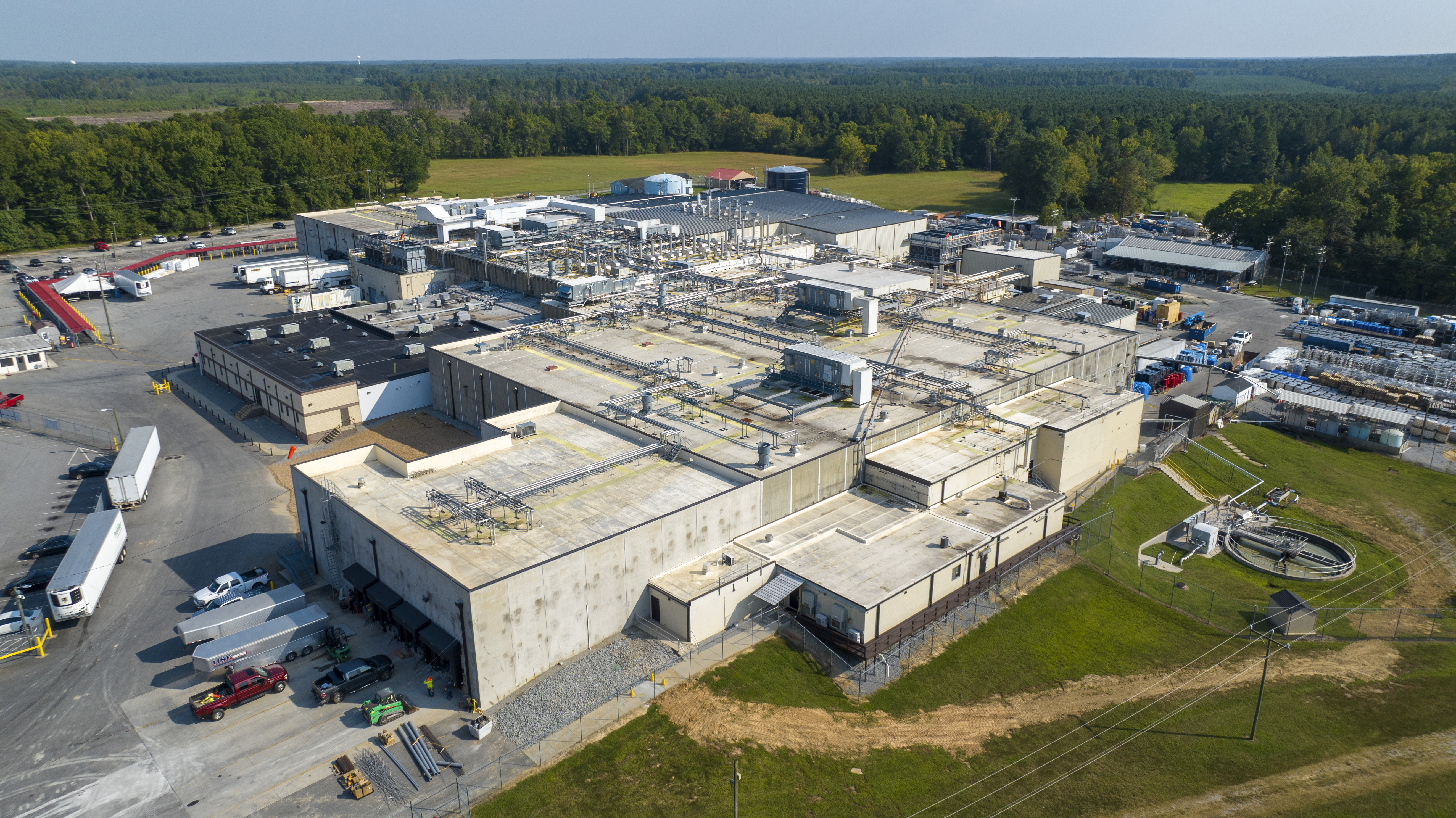HOUSTON (KIAH) — If you’re getting outside in the heat, look out for signs and symptoms of heatstroke.
According to the Centers for Disease Control and Prevention, more than 600 people in the U.S. die from extreme heat each year — more than any other weather event combined.
Extreme heat is considered to be summer temperatures that are higher and/or more humid than average, but the CDC says heat-related illnesses and deaths can be prevented.
The Mayo Clinic describes a heatstroke as “a condition caused by your body overheating, usually as a result of prolonged exposure to or physical exertion in high temperatures.”
Heat exhaustion is a milder heat-related illness, according to the CDC. It can develop after several days of exposure to high temperatures and inadequate or unbalanced fluid intake. People most prone to it are the elderly, those with high blood pressure, and those working or exercising in the heat.
Warning signs of heat exhaustion include:
- Heavy sweating
- Paleness
- Muscle cramps
- Tiredness
- Weakness
- Dizziness
- Headache
- Nausea or vomiting
- Fainting
Heatstroke, the most serious form of heat injury, can occur if your body temperature rises to 104 F or higher. It requires emergency treatment since it can quickly damage your brain, heart, kidneys and muscles if untreated.
“The damage worsens the longer treatment is delayed, increasing your risk of serious complications or death,” the clinic said.
Signs and symptoms of heatstroke include:
- a headache.
- dizziness and confusion.
- loss of appetite and feeling sick.
- excessive sweating and pale, clammy skin.
- cramps in the arms, legs and stomach.
- fast breathing or pulse.
- a high temperature of 38C or above.
- being very thirsty.
What to do in case of heatstroke
- Call 911 right away. Heatstroke is a medical emergency.
- Move the person to a cooler place.
- Help lower the person’s temperature with cool cloths or a cool bath.
- Do not give the person anything to drink.


























































